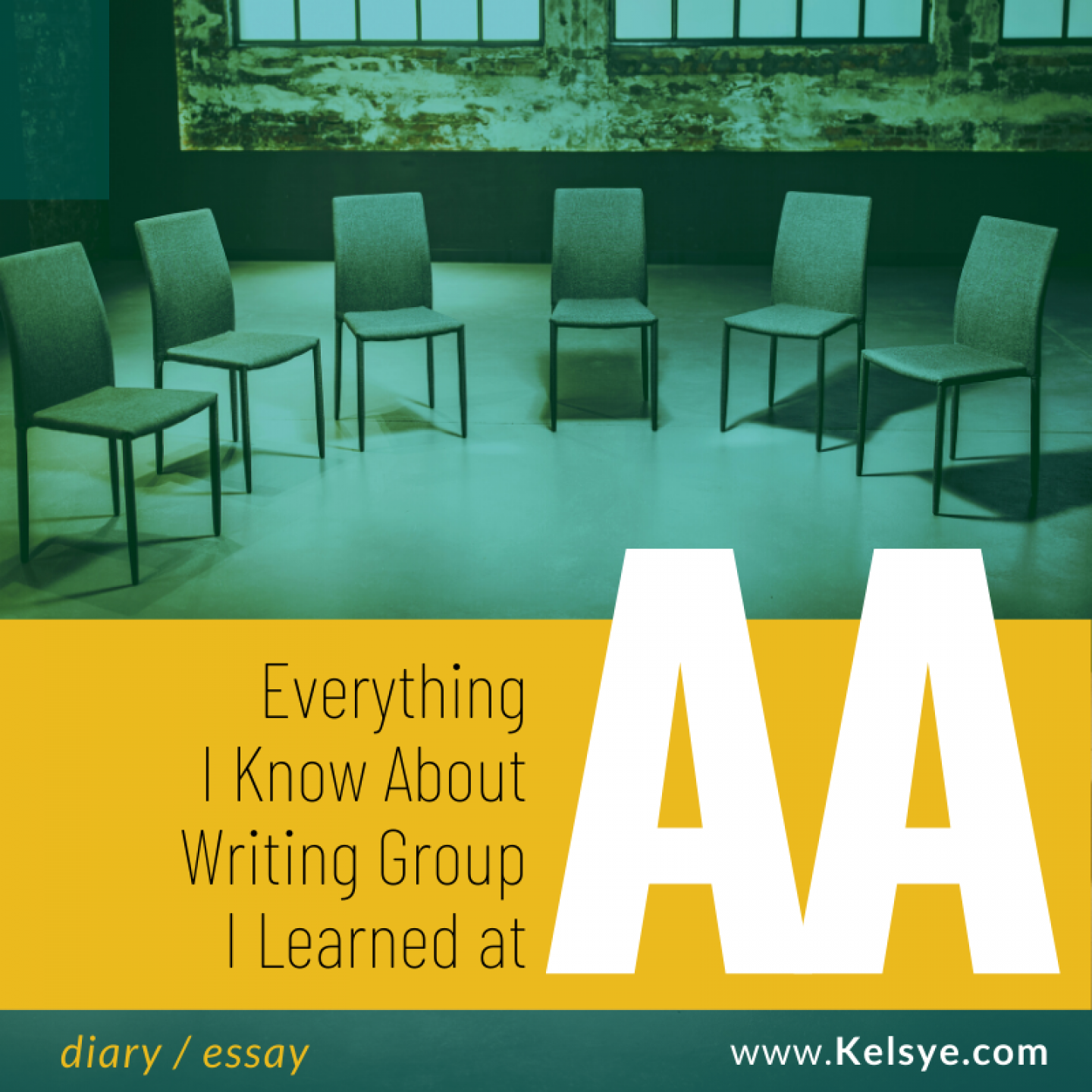
We’ve reviewed dozens of proposals and it’s always surprising to see what sample text our clients choose to include. Sometimes we’re happily surprised. But frequently, we find that the manuscript excerpt, while well-written, is off base for a compelling submission. Here, a few do’s and don’ts to consider when selecting sample text for your book proposal.
1. Do pick your most representative sample.
This is the most important thing to consider when selecting sample text. Your text should convey the tone and voice of your book, the pace, the information, etc. If you are writing a how-to book, include a chapter that covers all the types of projects or instruction that would be in the book. If you are writing a novel, pick a selection that captures the essence of the book. Don’t worry about giving away the climax; this is the chance to wow, and whatever part of your manuscript is going to do that is what you should use.
2. Do include examples of all your extra elements.
Along the lines of representative copy, think about all the various elements you envision in your book and include as many of them as possible. If you plan on having sidebars or charts, include at least one of them in your sample. If you plan on featuring your own photography, insert a sample (no originals, though) into your manuscript.
3. Don’t just include the beginning of your book.
Most writers gravitate toward including the first chapter or two of their book in their proposal. It’s usually the most polished and thought-out text. However, you may not be putting your best foot forward. If you are writing a novel, the first chapter might start out with a bang, but it can often include a lot of set-up and exposition that doesn’t get to the heart of the matter or the action. If you are pitching a romance, your excerpt better have some juicy bits. If you’re writing a travel memoir, there should probably be some travel going on.
4. Do use several excerpts, if it makes sense.
You don’t have to send complete chapters. If it makes sense to give a sampling of your book through several excerpts, go for it. If it’s a novel or memoir, set the scene with a few sentences to explain where each excerpt falls in the plot.
5. Do polish it. And polish it again.
You’ve probably looked at your manuscript a million times. That doesn’t mean that it’s perfect; in fact, it can mean that your eyes are glossing over typos at this point. Read your text over and over again. And enlist someone else you trust to read your proposal and sample text. Give them specific direction: do they understand the plot from the sample text? Do the instructions or recipes make sense? Do they have any questions after reading it?
6. Don’t get too attached to one piece of writing.
It may be the most lyrical, polished, gorgeous bit of prose you’ve ever written. But does it convey what the book is about, does it advance the plot? Step away from your manuscript and look at it with a critical eye, maybe even put yourself in the shoes of the acquiring editor. Ask yourself the hard questions and if this isn’t the sample that’s going to both impress and inform an inquiring editor, choose another excerpt.
7. Do read the publisher’s or agent’s submission guidelines.
We know it’s hard to choose just a few pages to include but be mindful of what an agent or publishing house asks for. If you send 50 pages when they’ve asked for 15, you’re in jeopardy of having your entire submission dismissed. Only send the amount of text requested.

You’ve got a book idea, but how do you get it out of your head—and onto the shelves? We’ll show you how to hone your idea, assess the competition, bulk up your author bio, choose the right sample text, strategically research publishers and agents, and develop a complete proposal, giving you all the tools you need to create a savvy, on-point submission.






